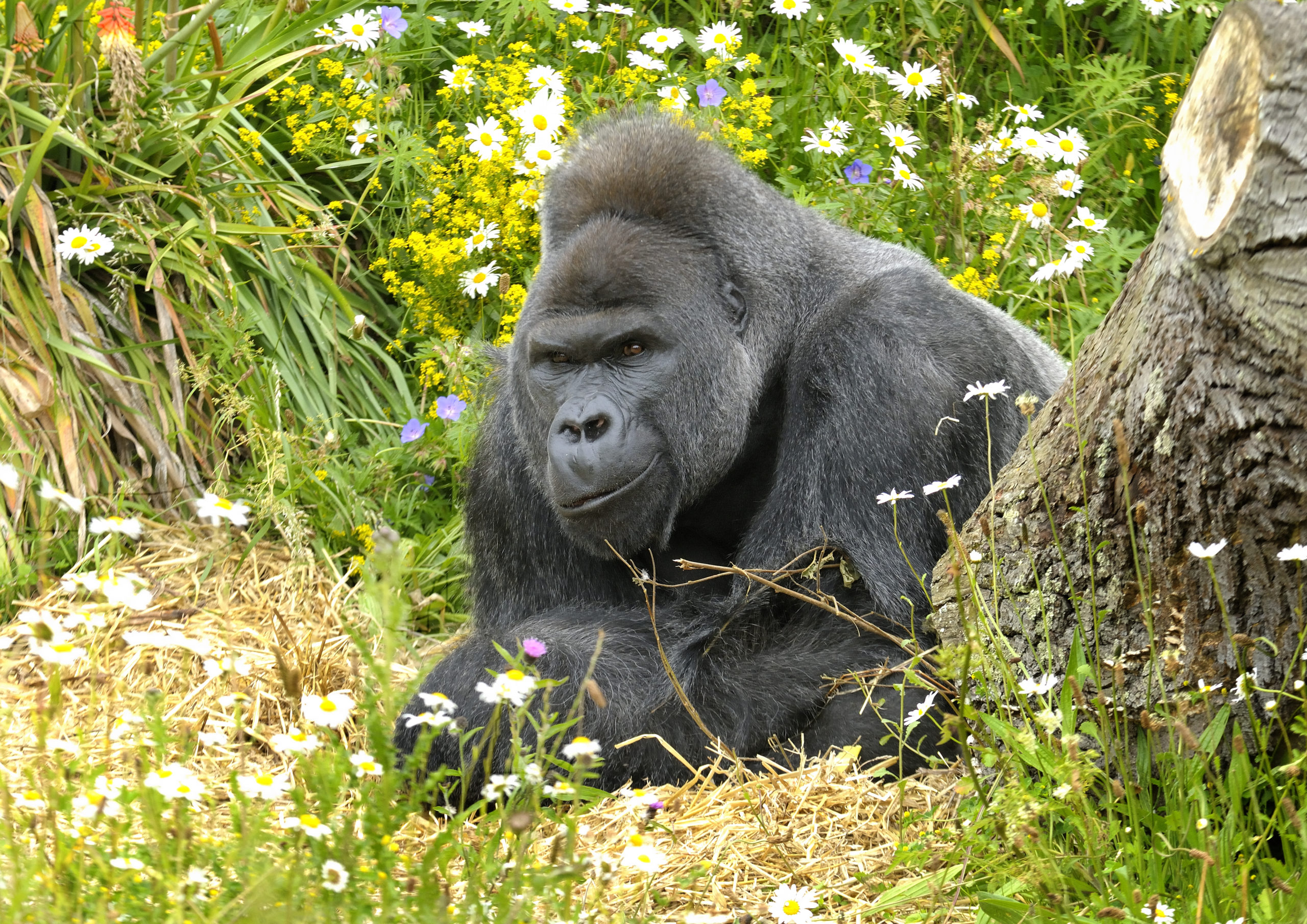The Bristol Zoo Project is set to evoke a sense of the dense forest and landscape of Equatorial Guinea.
“Conservation zoos have a critical role to play in working with communities and connecting them with wildlife.” – Dr Justin Morris
If you were looking for wildlife in the United Kingdom’s cool and rainy southwest, you’d easily find squirrels, hedgehogs, perhaps the occasional deer. Bats too. Even beaver. Stoic, quotidian creatures, unperturbed by sunlessness and drizzle.
You might not expect to discover endangered species like cherry-crowned mangabeys, slender-snouted crocodiles, or African grey parrots, but spot them you can from spring 2026, thanks to Bristol Zoo Project’s Central African Forest habitat, now under development on a 136-acre site in the Gloucestershire woodlands. These exotic additions to the British countryside will be joined by the Zoo’s troop of western lowland gorillas, in an environment designed “to evoke a sense of the dense forest and landscape of Equatorial Guinea” by the Bristol Zoological Society, a conservation and education charity founded in 1835.
“The character of a central African forest is created through utilizing and enhancing the qualities of the local landscape, rather than attempting a false replication of the original habitat,” says the charity’s Chief Executive, Dr Justin Morris. “And by understanding and applying the structure of a tropical forest, which consists of specimen trees, upper, mid and lower stratum, and a forest ground cover. Each area, particularly the animal houses and interior spaces, has been built with temperatures and humidities as a central requirement for each species. Of course, our existing gorilla troop are well acclimatized to the British weather already.”
Loading...
Though 78% of the species the Society cares for are threatened, they are also part of targeted conservation programs; Morris says the aim is to increase this number to 90% by 2035. The new habitat will eventually be joined by the Central African Savannah project, home to black rhino and ostrich, alongside the Society’s existing giraffe, cheetah and zebra populations.
In a 21st century Britain becoming more sensitive to its colonial past, and less and less comfortable with animals living in captivity (according to YouGov research, half of surveyed Britons believe the practice of keeping large animals should be phased out, with a quarter calling for zoos to be banned entirely), the Society’s projects are as much about capturing hearts and minds through education as providing safe havens for animals whose continued existence on the planet is now in dire jeopardy.
“Like our award-winning Bear Wood (a walkway experience through treetops, from which wolves, lynx and wolverine can also be glimpsed), the new Central African Forest habitat will have integrated learning spaces, enabling students, visitors and schoolchildren to observe, record and appreciate animals in a natural scene, connecting people to threatened wildlife and animals in an immersive landscape,” says Morris.
The site will also feature a Conservation Campus, giving young people access to new knowledge opportunities around veterinary medicine and animal breeding.
“By creating a new education and skills hub for the region, with 20 new learning spaces, we want to inspire and create the conservationists of the future,” Morris says. “It will provide teaching facilities for more than 600 students each year, participating in our higher education programs, and help us to engage 90,000 school children.
Visitors will be able to watch veterinary procedures, see animals extinct in the wild and being bred for reintroduction, explore field conservation programs across the world, and learn how they can become conservationists themselves.”
A home away from home then, for these critically endangered creatures, and a rare chance for the human population of a curious island nation to share in their new and protected lives.
“Conservation zoos have a critical role to play in working with communities and connecting them with wildlife,” says Morris. “We have an incredible opportunity at Bristol Zoo Project to show what a modern, progressive conservation zoo can be.”
Loading...
